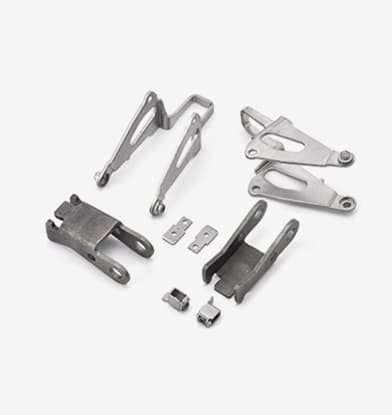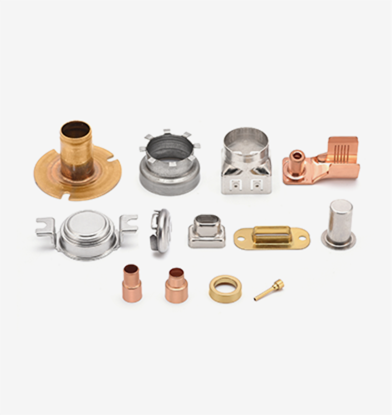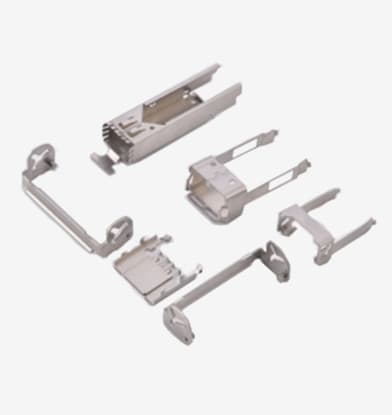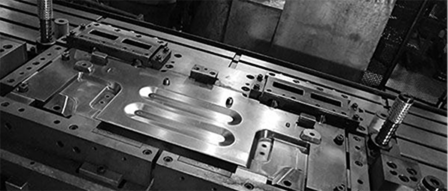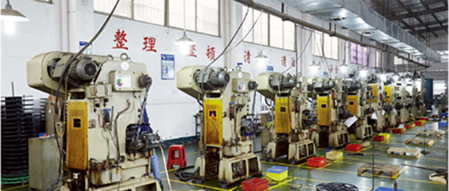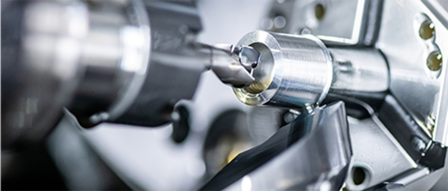Precision Engineering: The Role of Deep Drawn Parts in Industry
In the world of precision engineering and manufacturing, the significance of deep drawn parts cannot be overstated. These components, created through the intricate process of deep drawing, play a pivotal role in a wide range of industries. In this article, we'll explore the crucial role of deep drawn parts in industry and how their precision and versatility contribute to the success of various applications.
Understanding Deep Drawn Parts
Deep drawn parts are a result of the deep drawing process, a metal forming technique used to transform flat metal sheets into complex, three-dimensional shapes. The process involves placing a flat metal blank into a press and using a punch to force the metal sheet into a die. The metal is stretched and reshaped gradually, resulting in a seamless, one-piece component with remarkable structural integrity.
The Role of Deep Drawn Parts in Industry
Deep drawn parts are integral to various industries, and their applications are both diverse and essential. Here's how they contribute to precision engineering in different sectors:
Automotive Industry
In the automotive industry, deep drawn parts are a cornerstone of vehicle manufacturing. They are used for components such as automobile body parts, fuel tank enclosures, and engine components. The precision and durability of deep drawn parts are crucial to the safety and performance of automobiles.
Aerospace Industry
Aerospace manufacturers rely on deep drawn parts for critical components in aircraft and spacecraft. These components include fuel system parts, oxygen cylinder casings, and hydraulic reservoirs. The ability of deep drawn parts to withstand extreme conditions and provide structural integrity is vital in aerospace engineering.
Medical Devices
Precision is paramount in the medical field, and deep drawn parts meet this requirement perfectly. They are used to create precision instruments, medical enclosures, and implantable devices. Deep drawn parts are known for their sterile, corrosion-resistant properties, making them ideal for healthcare applications.
Electronics Industry
In electronics manufacturing, deep drawn components are used for enclosures, connectors, and other intricate parts that require structural integrity and EMI/RFI (Electromagnetic Interference/Radio-Frequency Interference) shielding. These parts ensure the proper functioning and protection of sensitive electronic equipment.
Industrial Machinery
Deep drawn parts are also used in the construction of industrial machinery, where their precision is invaluable. Whether in the production of hydraulic systems, connectors, or specialty components, the versatility of deep drawn parts makes them a dependable choice in industrial engineering.
Advantages of Deep Drawn Parts in Precision Engineering
The benefits of deep drawn parts extend beyond their precision:
Complex Geometries: Deep drawing allows for the creation of intricate and complex shapes that meet the specific needs of different industries.
Material Efficiency: The deep drawing process generates minimal waste, contributing to cost-effectiveness and sustainability.
High Tolerance Precision: Deep drawn parts can achieve tight tolerances and exact specifications, ensuring that they consistently meet quality standards.
Structural Integrity: Due to their one-piece design and the absence of seams or joints, deep drawn parts exhibit exceptional structural integrity.
Deep drawn parts are the unsung heroes of precision engineering, quietly contributing to the success of various industries. Their ability to transform metal sheets into intricate and highly functional components highlights the remarkable precision and efficiency of deep drawing. Whether in the automotive, aerospace, medical, electronics, or industrial sectors, deep drawn parts play a pivotal role in enhancing product quality and performance. As technology continues to advance, the significance of deep drawn parts in precision engineering is only expected to grow, shaping the world around us with their precision and versatility.

 English
English 